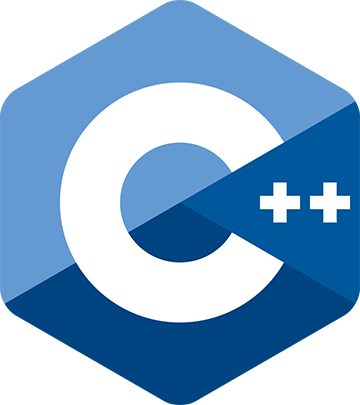Creating other types of synchronization objects that can be used with co_await, part 3--Raymond Chen
The series continue.
Creating other types of synchronization objects that can be used with co_await, part 3
by Raymond Chen
From the article:
Last time, we developed a library for building awaitable synchronization objects. I noted that when the coroutines are released, they are resumed in sequence, which means that one coroutine can prevent others from progressing. Let’s resume them in parallel...
